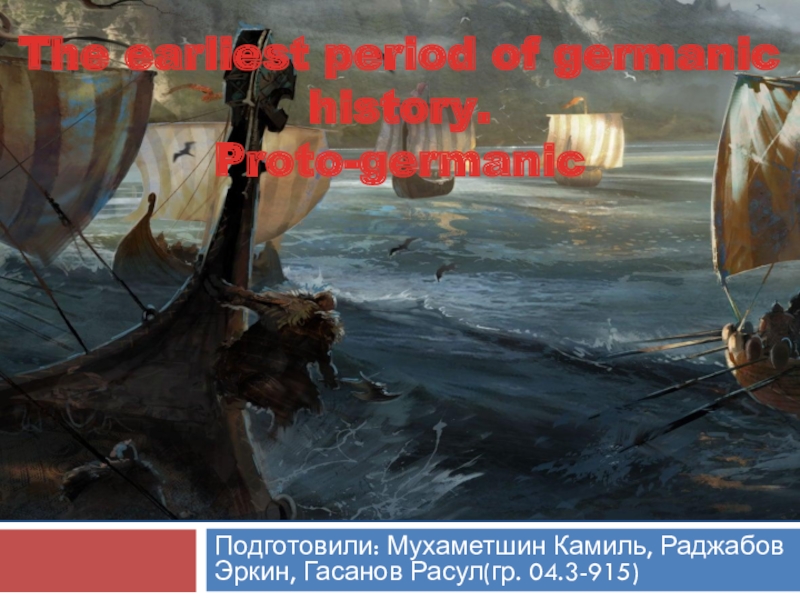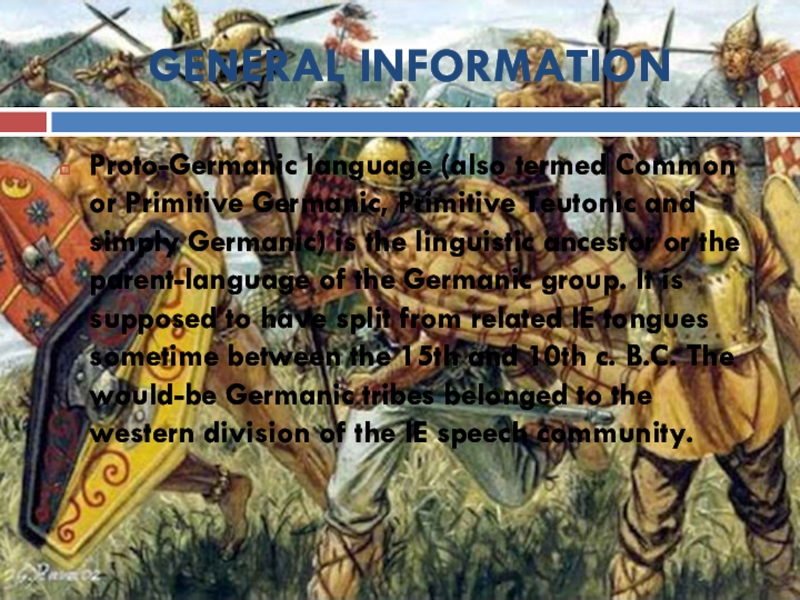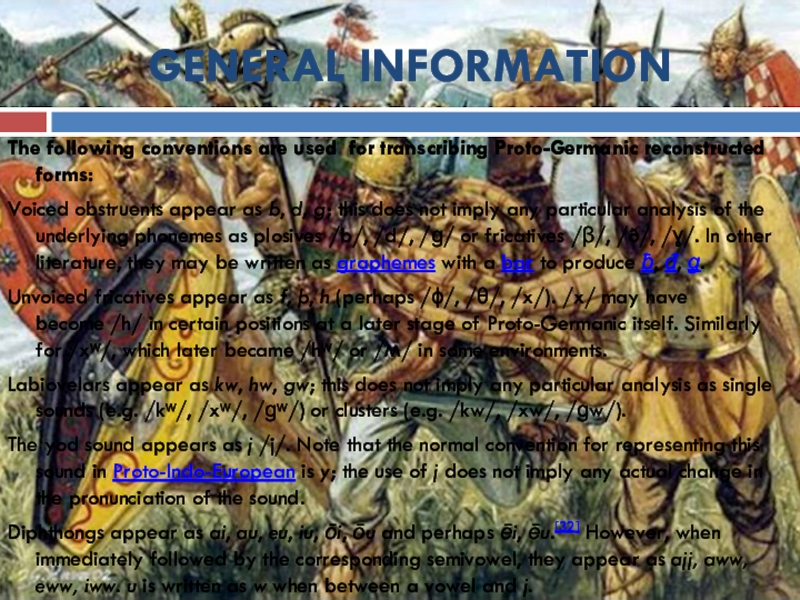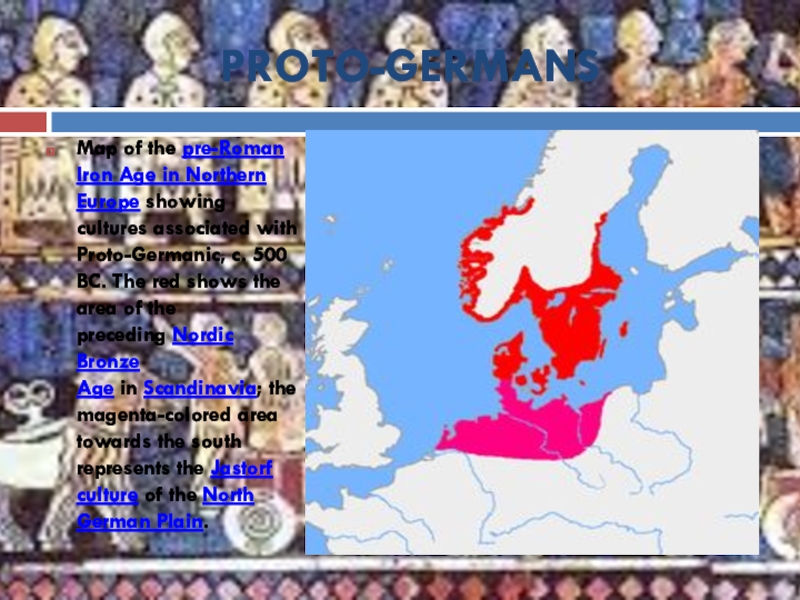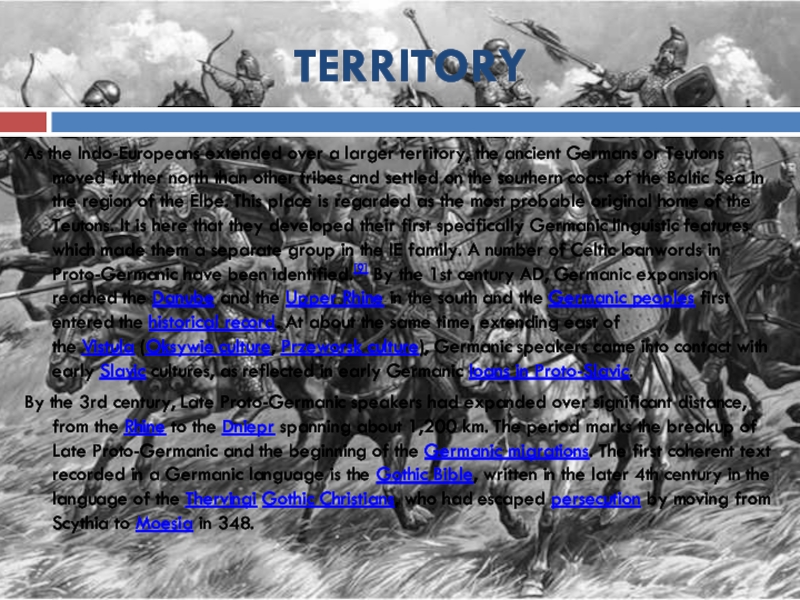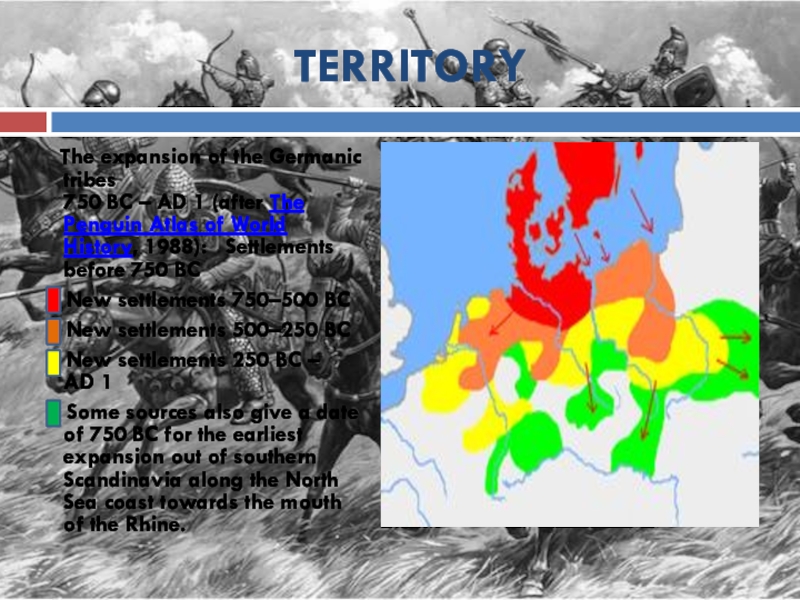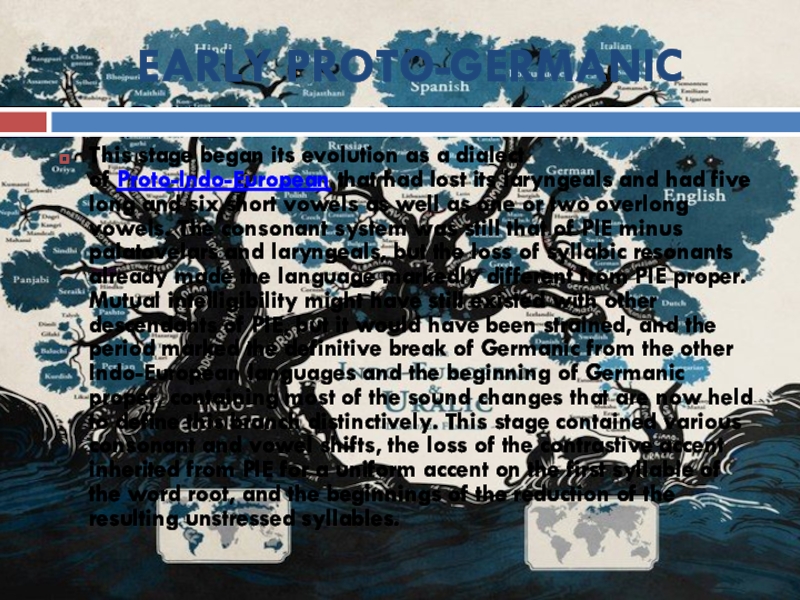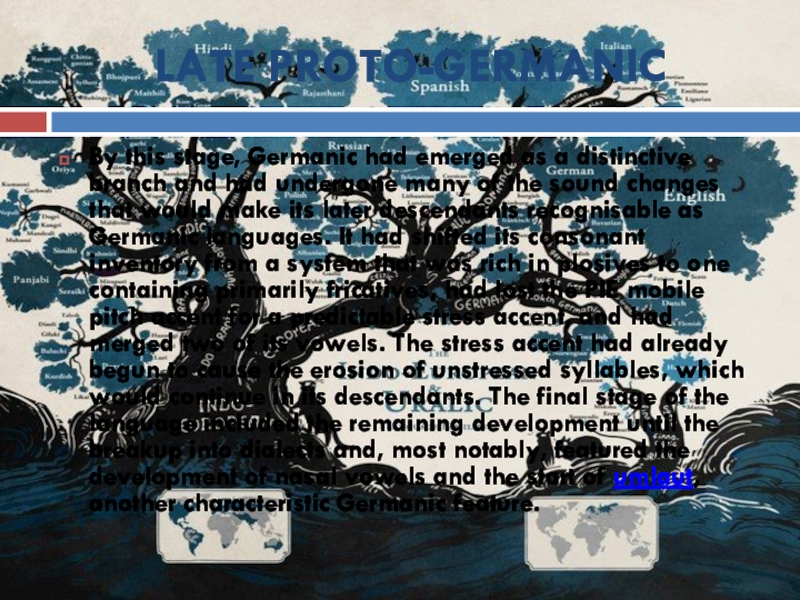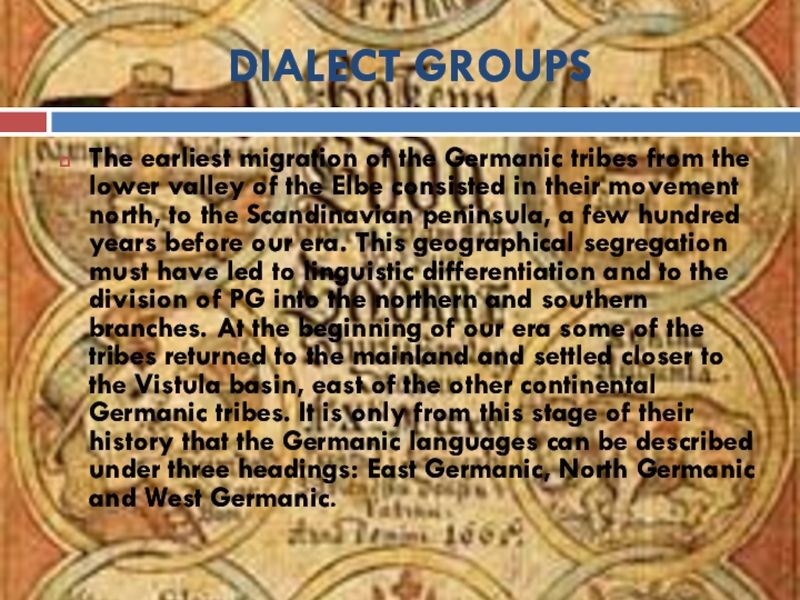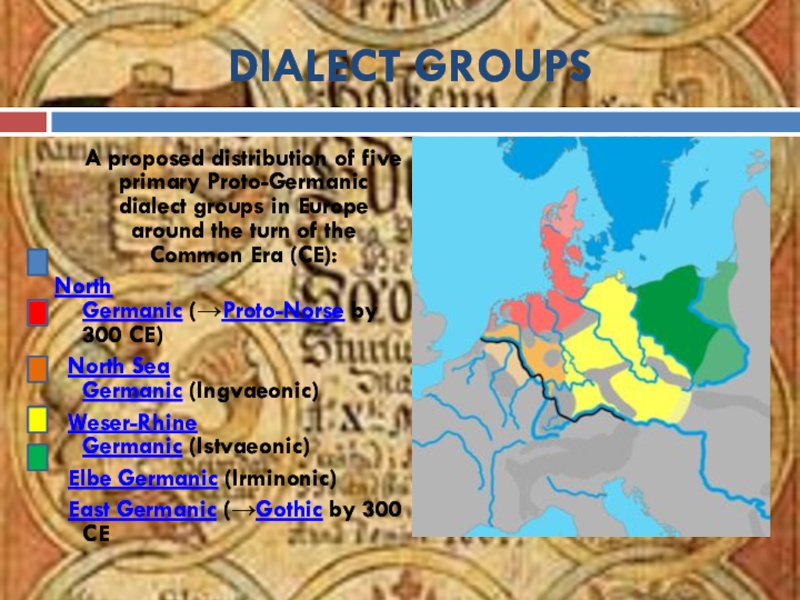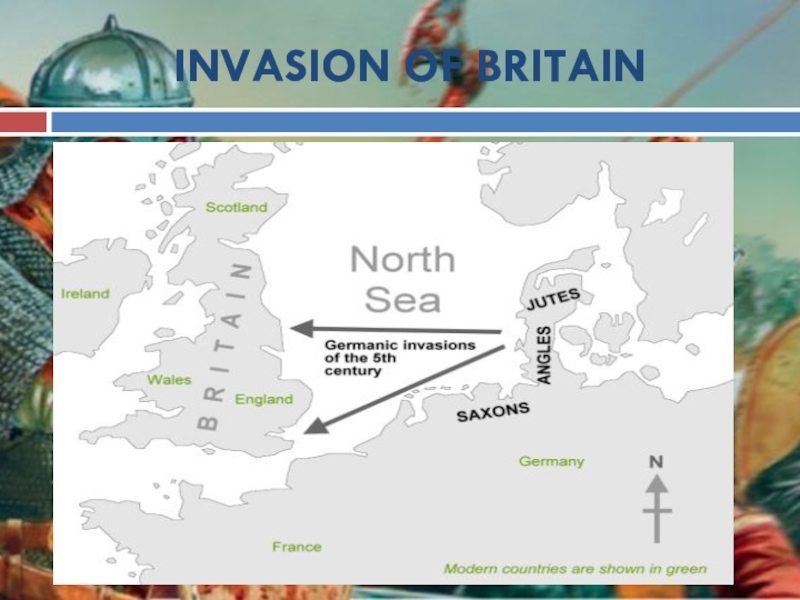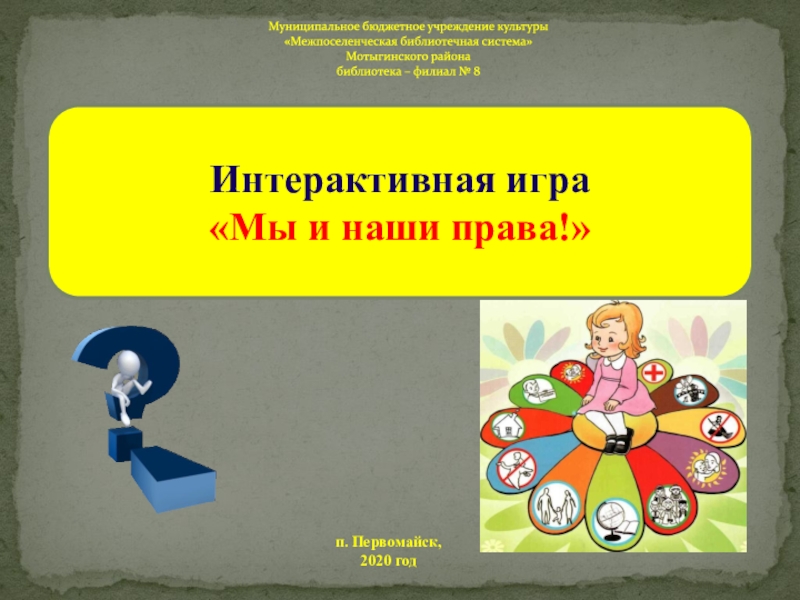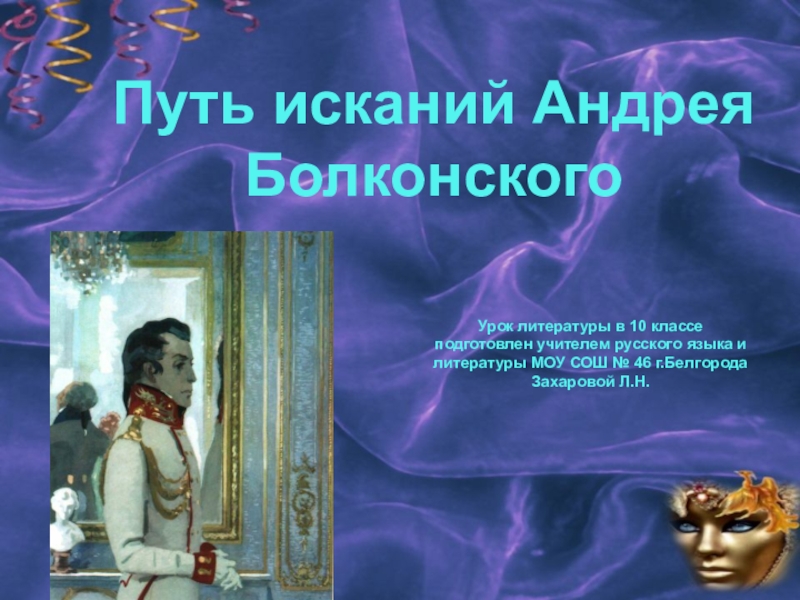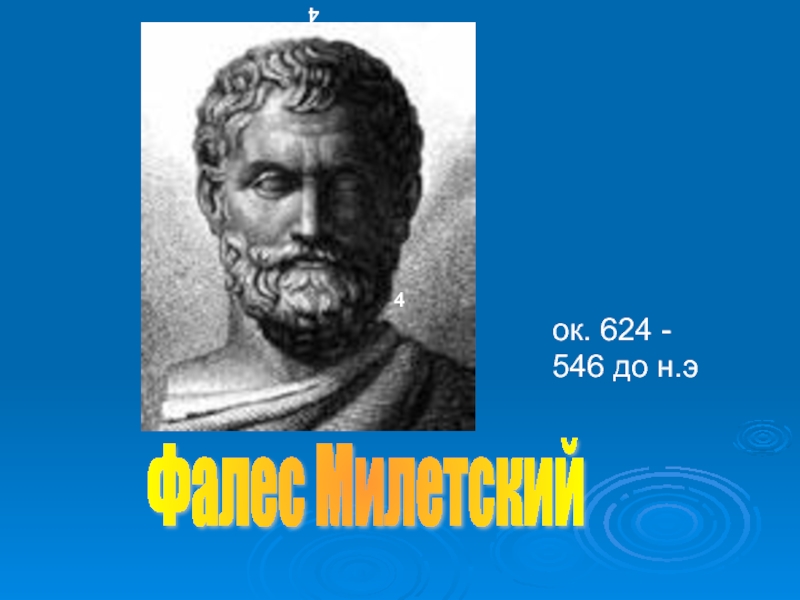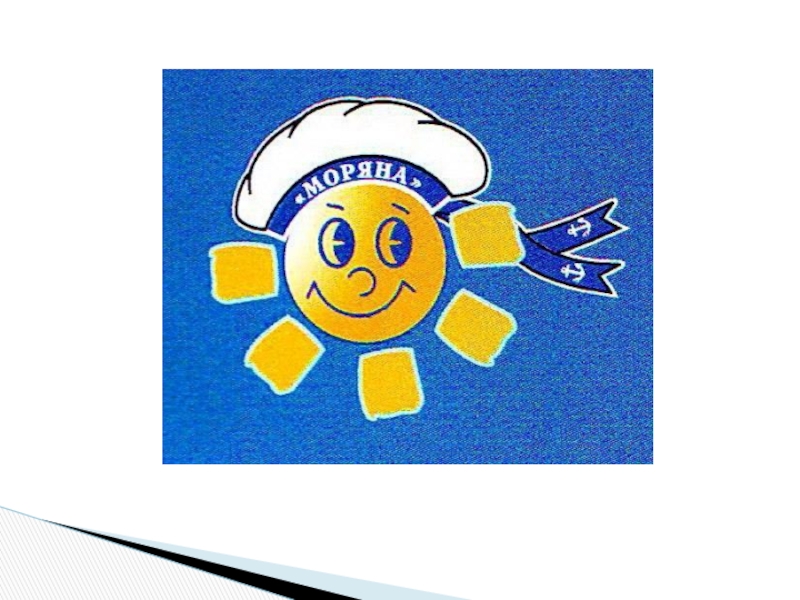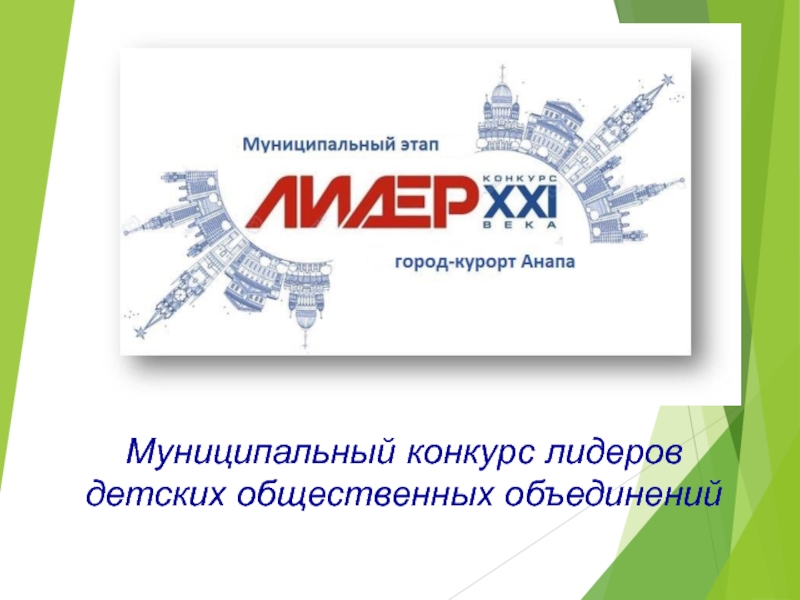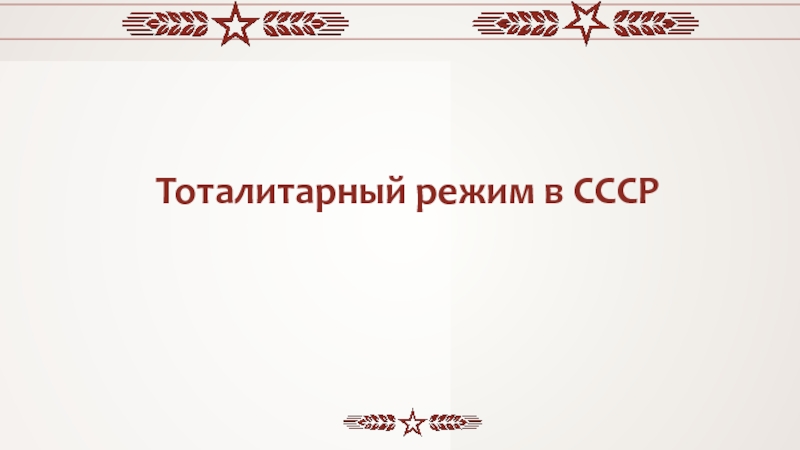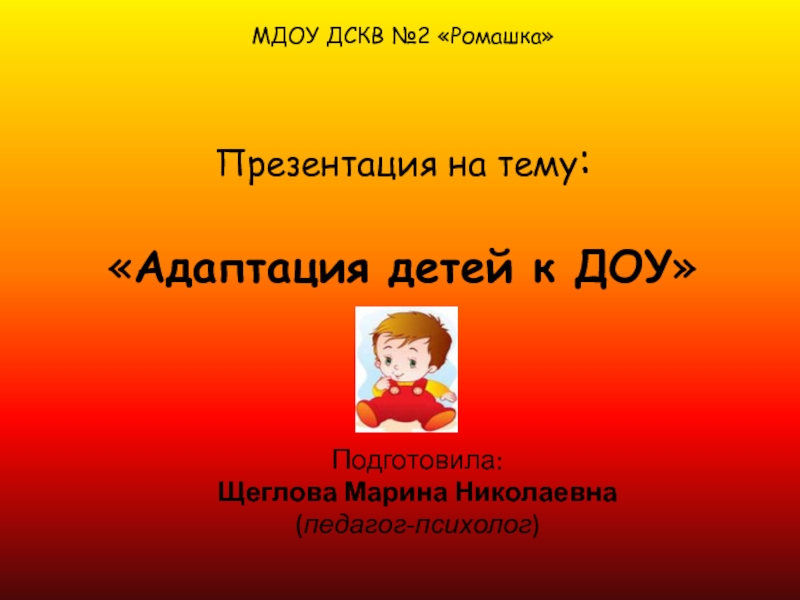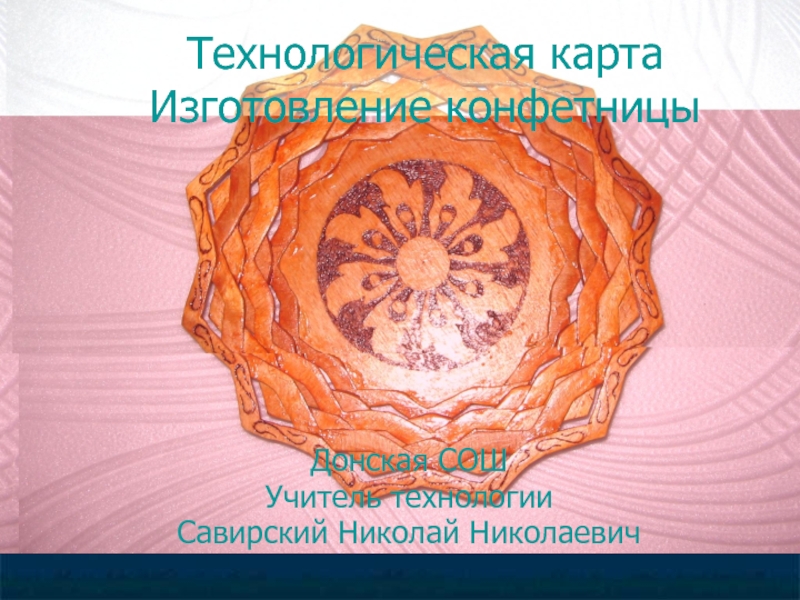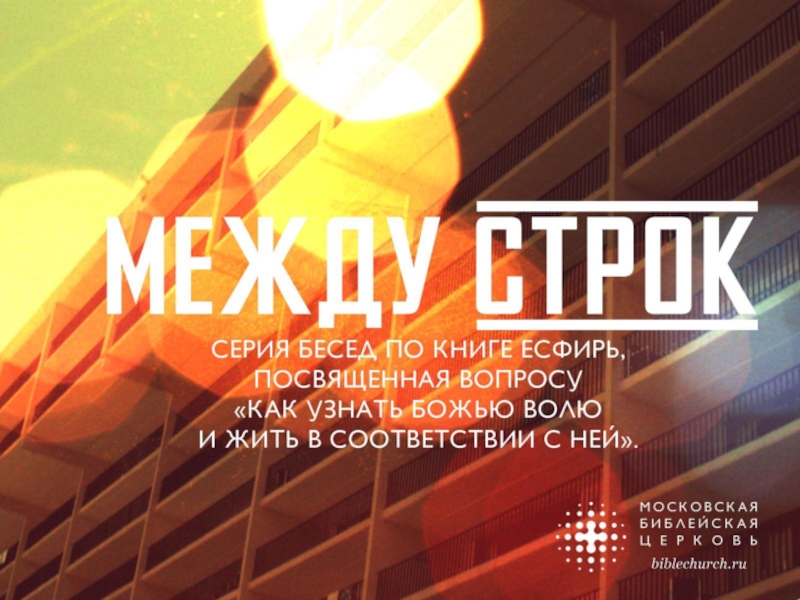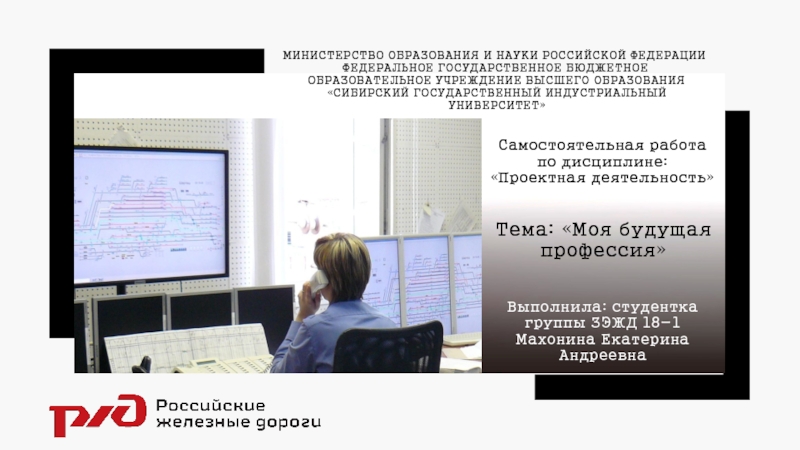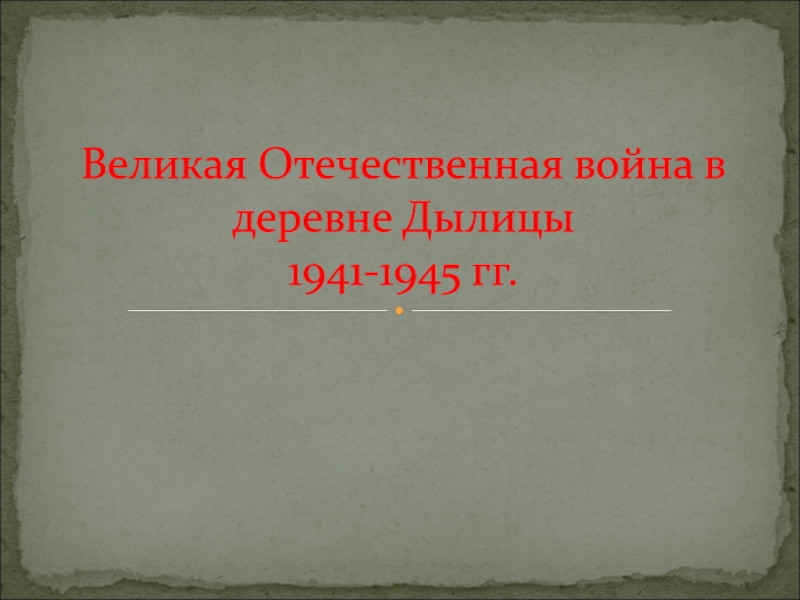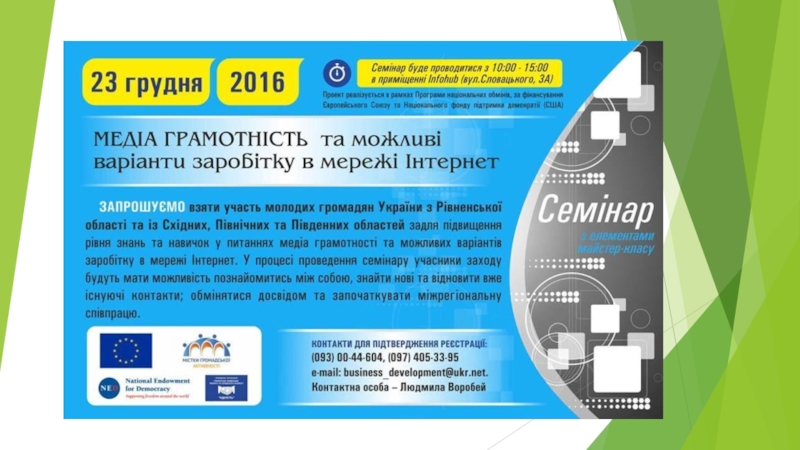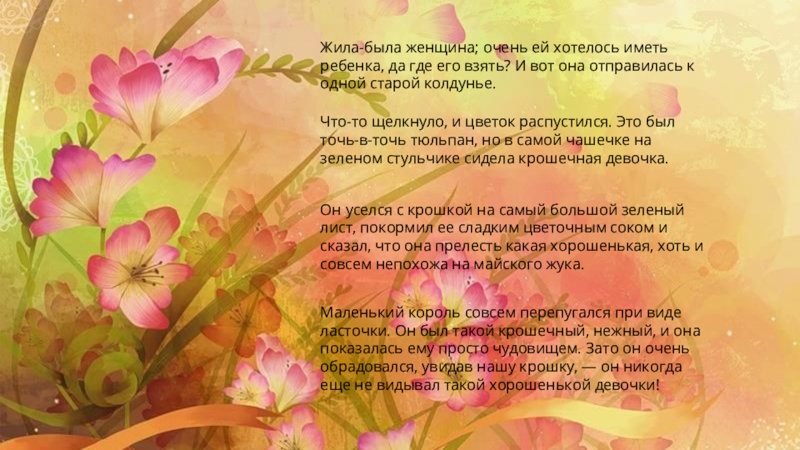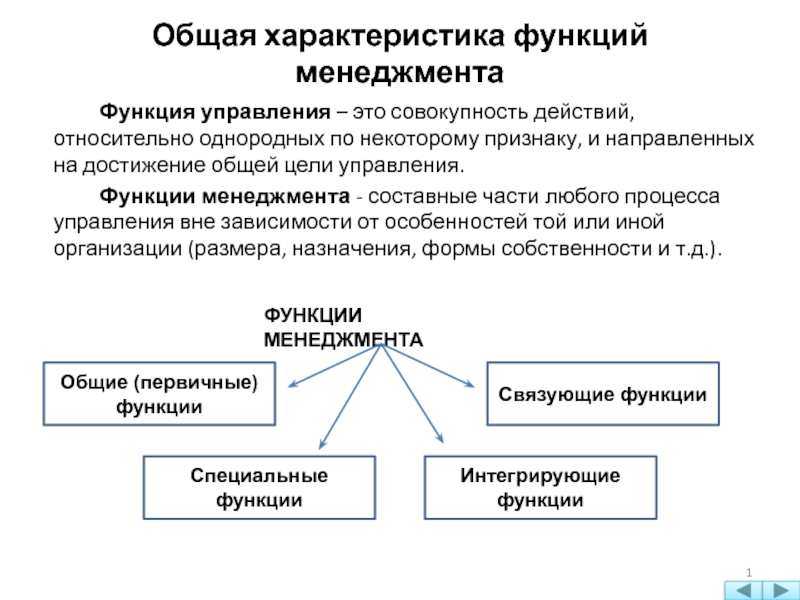Разделы презентаций
- Разное
- Английский язык
- Астрономия
- Алгебра
- Биология
- География
- Геометрия
- Детские презентации
- Информатика
- История
- Литература
- Математика
- Медицина
- Менеджмент
- Музыка
- МХК
- Немецкий язык
- ОБЖ
- Обществознание
- Окружающий мир
- Педагогика
- Русский язык
- Технология
- Физика
- Философия
- Химия
- Шаблоны, картинки для презентаций
- Экология
- Экономика
- Юриспруденция
Подготовили: Мухаметшин Камиль, Раджабов Эркин, Гасанов Расул ( гр. 04.3-915
Содержание
- 1. Подготовили: Мухаметшин Камиль, Раджабов Эркин, Гасанов Расул ( гр. 04.3-915
- 2. GENERAL INFORMATIONProto-Germanic language (also termed Common or
- 3. GENERAL INFORMATIONThe following conventions are used for
- 4. PROTO-GERMANSMap of the pre-Roman Iron Age in
- 5. TERRITORYAs the Indo-Europeans extended over a larger
- 6. TERRITORY The expansion of the
- 7. EARLY PROTO-GERMANICThis stage began its evolution as
- 8. LATE PROTO-GERMANICBy this stage, Germanic had emerged
- 9. DIALECT GROUPSThe earliest migration of the Germanic
- 10. DIALECT GROUPS A proposed distribution of
- 11. INVASION OF BRITAIN
- 12. Слайд 12
- 13. Скачать презентанцию
GENERAL INFORMATIONProto-Germanic language (also termed Common or Primitive Germanic, Primitive Teutonic and simply Germanic) is the linguistic ancestor or the parent-language of the Germanic group. It is supposed to have split
Слайды и текст этой презентации
Слайд 1Подготовили: Мухаметшин Камиль, Раджабов Эркин, Гасанов Расул(гр. 04.3-915)
The earliest period
of germanic history.
Слайд 2GENERAL INFORMATION
Proto-Germanic language (also termed Common or Primitive Germanic, Primitive
Teutonic and simply Germanic) is the linguistic ancestor or the
parent-language of the Germanic group. It is supposed to have split from related IE tongues sometime between the 15th and 10th c. B.C. The would-be Germanic tribes belonged to the western division of the IE speech community.Слайд 3GENERAL INFORMATION
The following conventions are used for transcribing Proto-Germanic reconstructed
forms:
Voiced obstruents appear as b, d, g; this does not imply any particular
analysis of the underlying phonemes as plosives /b/, /d/, /ɡ/ or fricatives /β/, /ð/, /ɣ/. In other literature, they may be written as graphemes with a bar to produce ƀ, đ, ǥ.Unvoiced fricatives appear as f, þ, h (perhaps /ɸ/, /θ/, /x/). /x/ may have become /h/ in certain positions at a later stage of Proto-Germanic itself. Similarly for /xʷ/, which later became /hʷ/ or /ʍ/ in some environments.
Labiovelars appear as kw, hw, gw; this does not imply any particular analysis as single sounds (e.g. /kʷ/, /xʷ/, /ɡʷ/) or clusters (e.g. /kw/, /xw/, /ɡw/).
The yod sound appears as j /j/. Note that the normal convention for representing this sound in Proto-Indo-European is y; the use of j does not imply any actual change in the pronunciation of the sound.
Diphthongs appear as ai, au, eu, iu, ōi, ōu and perhaps ēi, ēu.[32] However, when immediately followed by the corresponding semivowel, they appear as ajj, aww, eww, iww. u is written as w when between a vowel and j.
Слайд 4PROTO-GERMANS
Map of the pre-Roman Iron Age in Northern Europe showing cultures
associated with Proto-Germanic, c. 500 BC. The red shows the area of the
preceding Nordic Bronze Age in Scandinavia; the magenta-colored area towards the south represents the Jastorf culture of the North German Plain.Слайд 5TERRITORY
As the Indo-Europeans extended over a larger territory, the ancient
Germans or Teutons moved further north than other tribes and
settled on the southern coast of the Baltic Sea in the region of the Elbe. This place is regarded as the most probable original home of the Teutons. It is here that they developed their first specifically Germanic linguistic features which made them a separate group in the IE family. A number of Celtic loanwords in Proto-Germanic have been identified.[9] By the 1st century AD, Germanic expansion reached the Danube and the Upper Rhine in the south and the Germanic peoples first entered the historical record. At about the same time, extending east of the Vistula (Oksywie culture, Przeworsk culture), Germanic speakers came into contact with early Slavic cultures, as reflected in early Germanic loans in Proto-Slavic.By the 3rd century, Late Proto-Germanic speakers had expanded over significant distance, from the Rhine to the Dniepr spanning about 1,200 km. The period marks the breakup of Late Proto-Germanic and the beginning of the Germanic migrations. The first coherent text recorded in a Germanic language is the Gothic Bible, written in the later 4th century in the language of the Thervingi Gothic Christians, who had escaped persecution by moving from Scythia to Moesia in 348.
Слайд 6TERRITORY
The expansion of the Germanic tribes
750 BC –
AD 1 (after The Penguin Atlas of World History, 1988): Settlements before
750 BCNew settlements 750–500 BC
New settlements 500–250 BC
New settlements 250 BC – AD 1
Some sources also give a date of 750 BC for the earliest expansion out of southern Scandinavia along the North Sea coast towards the mouth of the Rhine.
Слайд 7EARLY PROTO-GERMANIC
This stage began its evolution as a dialect of Proto-Indo-European that
had lost its laryngeals and had five long and six
short vowels as well as one or two overlong vowels. The consonant system was still that of PIE minus palatovelars and laryngeals, but the loss of syllabic resonants already made the language markedly different from PIE proper. Mutual intelligibility might have still existed with other descendants of PIE, but it would have been strained, and the period marked the definitive break of Germanic from the other Indo-European languages and the beginning of Germanic proper, containing most of the sound changes that are now held to define this branch distinctively. This stage contained various consonant and vowel shifts, the loss of the contrastive accent inherited from PIE for a uniform accent on the first syllable of the word root, and the beginnings of the reduction of the resulting unstressed syllables.Слайд 8LATE PROTO-GERMANIC
By this stage, Germanic had emerged as a distinctive
branch and had undergone many of the sound changes that
would make its later descendants recognisable as Germanic languages. It had shifted its consonant inventory from a system that was rich in plosives to one containing primarily fricatives, had lost the PIE mobile pitch accent for a predictable stress accent, and had merged two of its vowels. The stress accent had already begun to cause the erosion of unstressed syllables, which would continue in its descendants. The final stage of the language included the remaining development until the breakup into dialects and, most notably, featured the development of nasal vowels and the start of umlaut, another characteristic Germanic feature.Слайд 9DIALECT GROUPS
The earliest migration of the Germanic tribes from the
lower valley of the Elbe consisted in their movement north,
to the Scandinavian peninsula, a few hundred years before our era. This geographical segregation must have led to linguistic differentiation and to the division of PG into the northern and southern branches. At the beginning of our era some of the tribes returned to the mainland and settled closer to the Vistula basin, east of the other continental Germanic tribes. It is only from this stage of their history that the Germanic languages can be described under three headings: East Germanic, North Germanic and West Germanic.Слайд 10DIALECT GROUPS
A proposed distribution of five primary Proto-Germanic
dialect groups in Europe around the turn of the Common
Era (CE):North Germanic (→Proto-Norse by 300 CE)
North Sea Germanic (Ingvaeonic)
Weser-Rhine Germanic (Istvaeonic)
Elbe Germanic (Irminonic)
East Germanic (→Gothic by 300 CE
